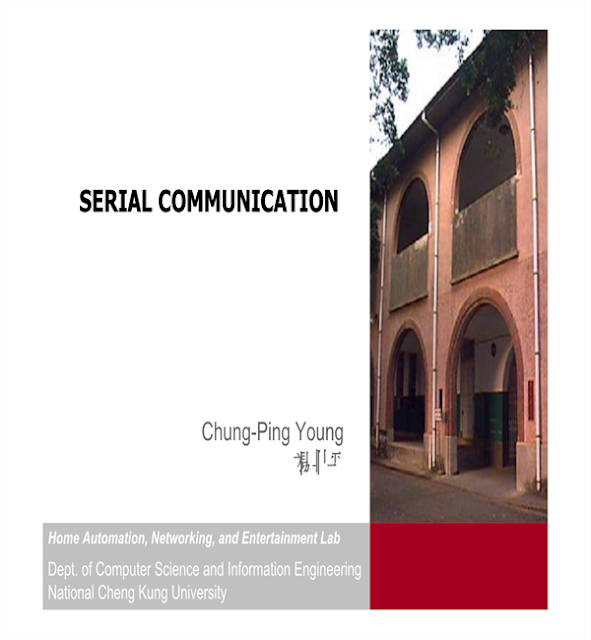Serial Communication is a form of I/O in which the bits of a byte being transferred appear one after other in a timed sequence on a single wire. Serial Communication uses two methods, asynchronous and synchronous. The Synchronous method transfers a block of data at a time, while the asynchronous method transfers a single byte at a time. In Synchronous Communication the data get transferred based on a common clock signal. But in Asynchronous communication, in addition to the data bit, one start bit and one stop bit is added. These start and stop bits are the parity bits to identify the data present between the start and stop bits.
The 8051 has two pins that are used specifically for transferring and receiving data serially. These two pins are called TXD and RXD and are part of the Port-3 group (Port-3.0 and Port-3.1). Pin 11 of the 8051 is assigned to TXD and pin 10 is designated as RXD. These pins are TTL compatible; therefore they require a line driver to make them RS232 compatible. The line driver chip is MAX232. The MAX232 uses +5v power source, which is same as the source voltage for 8051.


